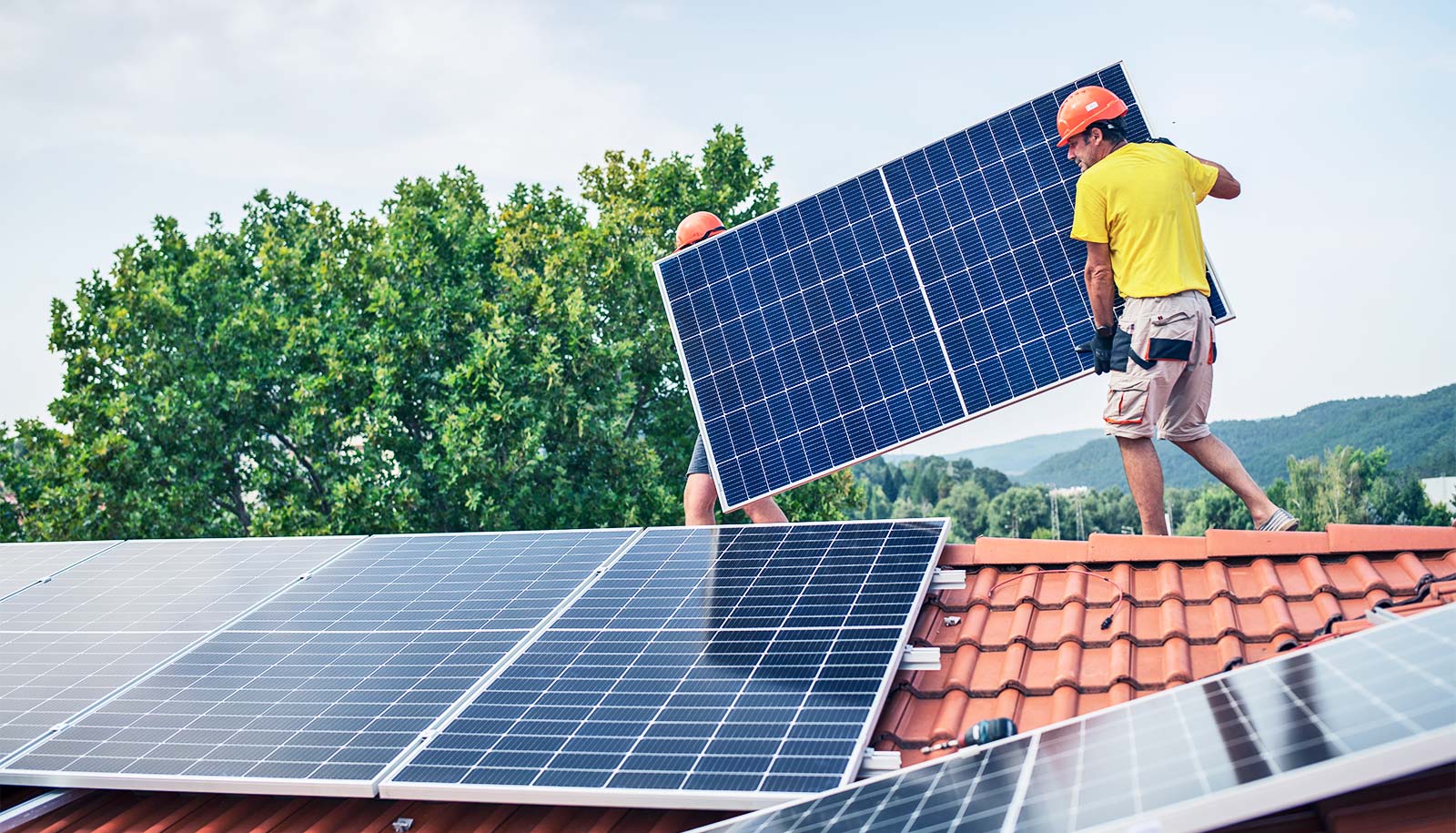Households that buy a fuel-efficient car tend to buy a larger, less fuel-efficient second car, according to new research.
This tendency, combined with the changes in driving behavior that result, may reduce up to 60 percent of the expected future gas savings from increased fuel economy in two-car households.
“Unintended consequences like this need to be taken into account when making policy.”
The working paper uses data from the Department of Motor Vehicles to estimate how the fuel economy of a newly added vehicle depends on the fuel economy of the vehicle already owned by the household. The results have implications for policies that improve the fuel economy of light-duty vehicles, such as fuel economy standards.
“A central objective of my research as an environmental economist is to identify ways to fight global climate change,” says author David Rapson, co-director of the Davis Energy Economics Program (DEEP) at University of California, Davis and an associate professor in the economics department.
“Unintended consequences like this need to be taken into account when making policy. On average, fuel economy standards are putting more fuel-efficient cars in households. That can be good if it reduces gasoline use. But if it causes people to buy a bigger, less fuel-efficient second car to compensate, this unintended effect will erode the intended goals of the policy,” he says.
Maps pinpoint where cars pollute the most
For example, consumers may prefer to have one SUV and one sedan, or one powerful vehicle and one fuel-efficient vehicle. Practical consideration likely drive this. A couple or family may drive a “gas sipper” for most of their day-to-day tasks, but also own a bigger “gas guzzler” for going to the dog park, camping, road trips, ski trips, the hardware store, and other places where more space and power may be useful.
The study shows that, for the typical California two-car household, the net savings from increasing fuel economy of one car falls from an estimated 68 gallons per year to 24-27 gallons.
“We don’t suggest getting rid of fuel economy standards and doing nothing else,” Rapson says. “But our conservation policies need to be effective. A more promising solution is to put a price on carbon, such as what California is doing with cap and trade. It produces economic incentives that evidence shows will reduce carbon emissions.”
Lighter plastic foam could mean more fuel-efficient cars
Additional coauthors of the paper are from UC Davis, Yale University, and the Massachusetts Institute of Technology.
The California Air Resources Board supported the research.
Source: UC Davis



